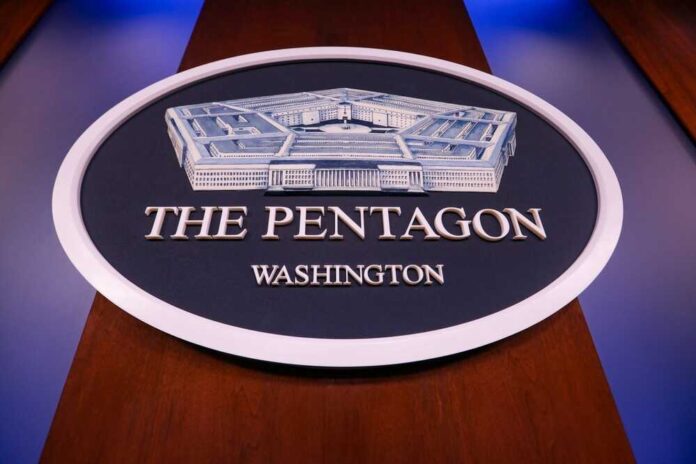A new report issued by a government watchdog group earlier this week has revealed that the most costly weapons program the Pentagon has soared well above initial cost estimates, by $183 billion, as hurdles with production continue to mount.
According to the Government Accountability Office, the latest setback for the F-35 Lightning II Joint Strike Fighter weapons program, which totals $1.7 trillion, is now 10 years behind its original schedule. The most recent issue it is facing deals with engine cooling, which is just another unexpected additional cost that the Pentagon is dealing with.
The GAO report also said that the Department of Defense hasn’t provided an update to Congress regarding these costs increases, and the department also hasn’t made any good-faith efforts to see what other options might be available to upgrade the aircraft engines.
The report also stated that there have been many delays in the development of essential technology upgrades for the “Block 4” planes, which has resulted in costs rising by more than $16.5 billion over initial projections.
The accounting that the Pentagon has sent over to Congress, though, has muddled the cost increases for the program from those that have been incurred due to added requirements from those that have come from upgrades that were already planned.
The GAO said that the F-35 Joint Program Office created a project of $38 billion more in expenses to revamp the engines for the Block 4 jets and onward. The primary driver of these additional costs is cooling demands that they discovered halfway through developing the engines that weren’t addressed at that time.
As the GAO wrote in its report:
“The cooling system is over-tasked, requiring the engine to operate beyond its design parameters. The extra heat is increasing the wear on the engine, reducing its life and adding $38 billion in maintenance costs.
“DOD began development of the F-35 aircraft in 2001 without adequate knowledge of its critical technologies or a solid design. The misalignment of requirements with the engine and PTMS (power and thermal management system) illustrates why it is important to fully understand the proposed designs at the beginning of an acquisition, prior to committing to development.”
The report does outline that part of the blame for these excess costs lies with the main contractors – primarily Lockheed Martin, which builds the F-35 jets – as well as subcontractors. The GAO said this is due to them not delivering the parts and airframes on the agreed-to timeframe.
As of 2022, Lockheed Martin ended up being late on half of all of its orders, which marked its worst delivery rate in the last six years.
A spokesperson for the Pentagon said that an “engine core upgrade” was already being worked on, while the F-35 office at the Pentagon was “already very confident we can minimize” the overall impact of the overhaul of $38 billion.
That office is also in the process of considering many other options it could pursue to improve the PTMS, which could be ready sometime early next decade.















